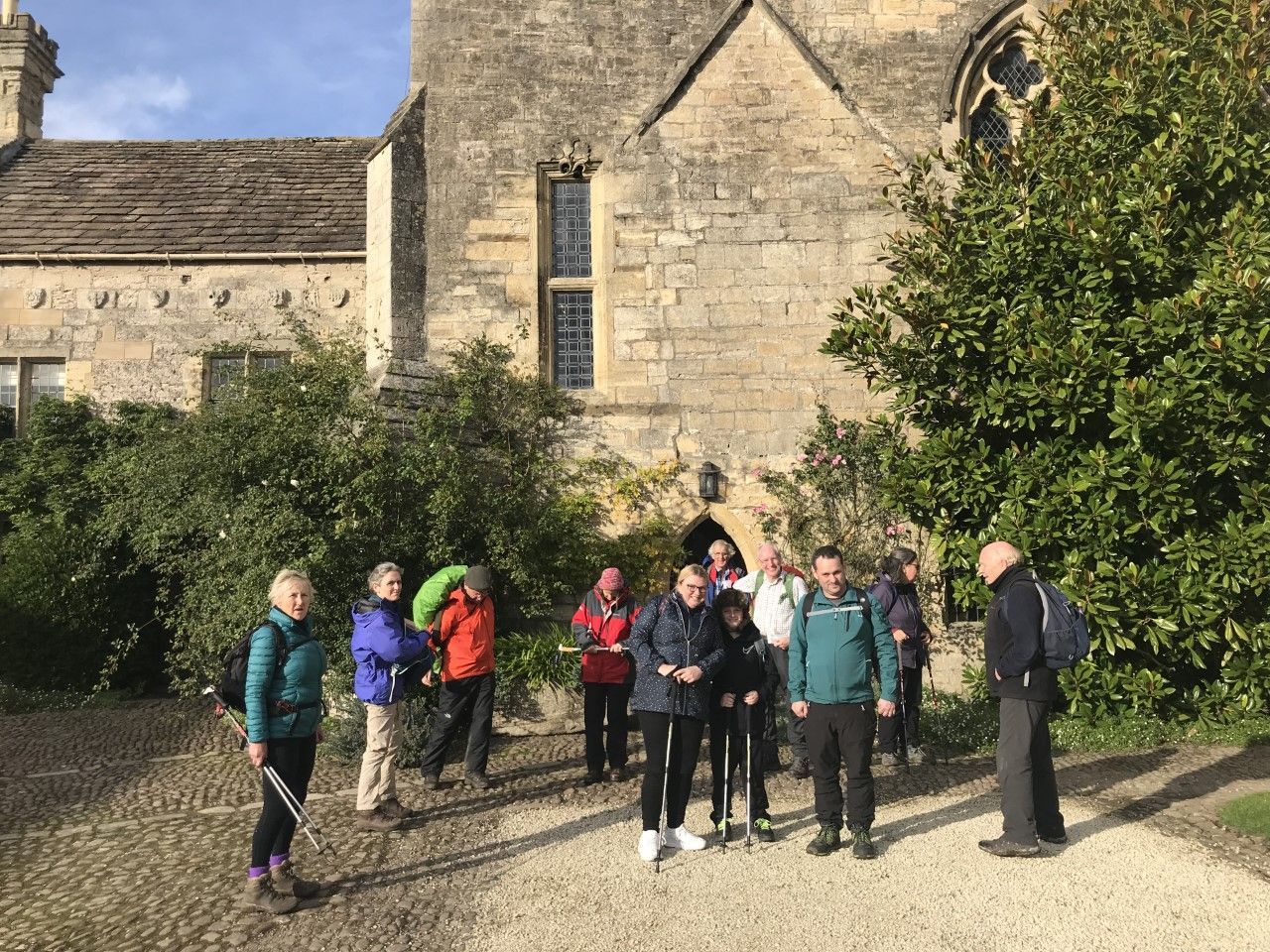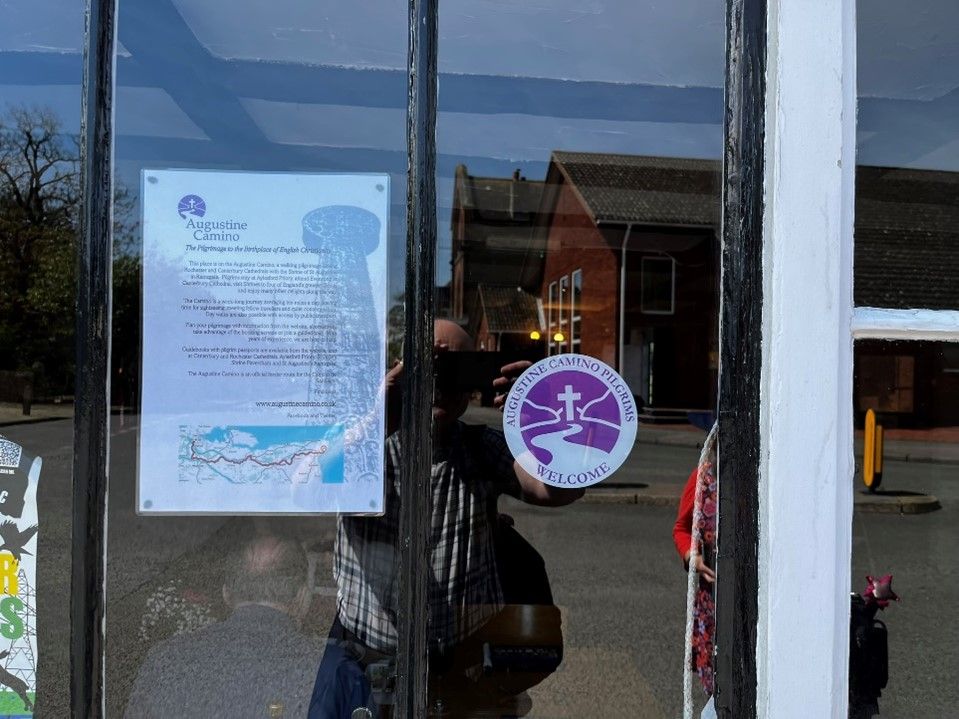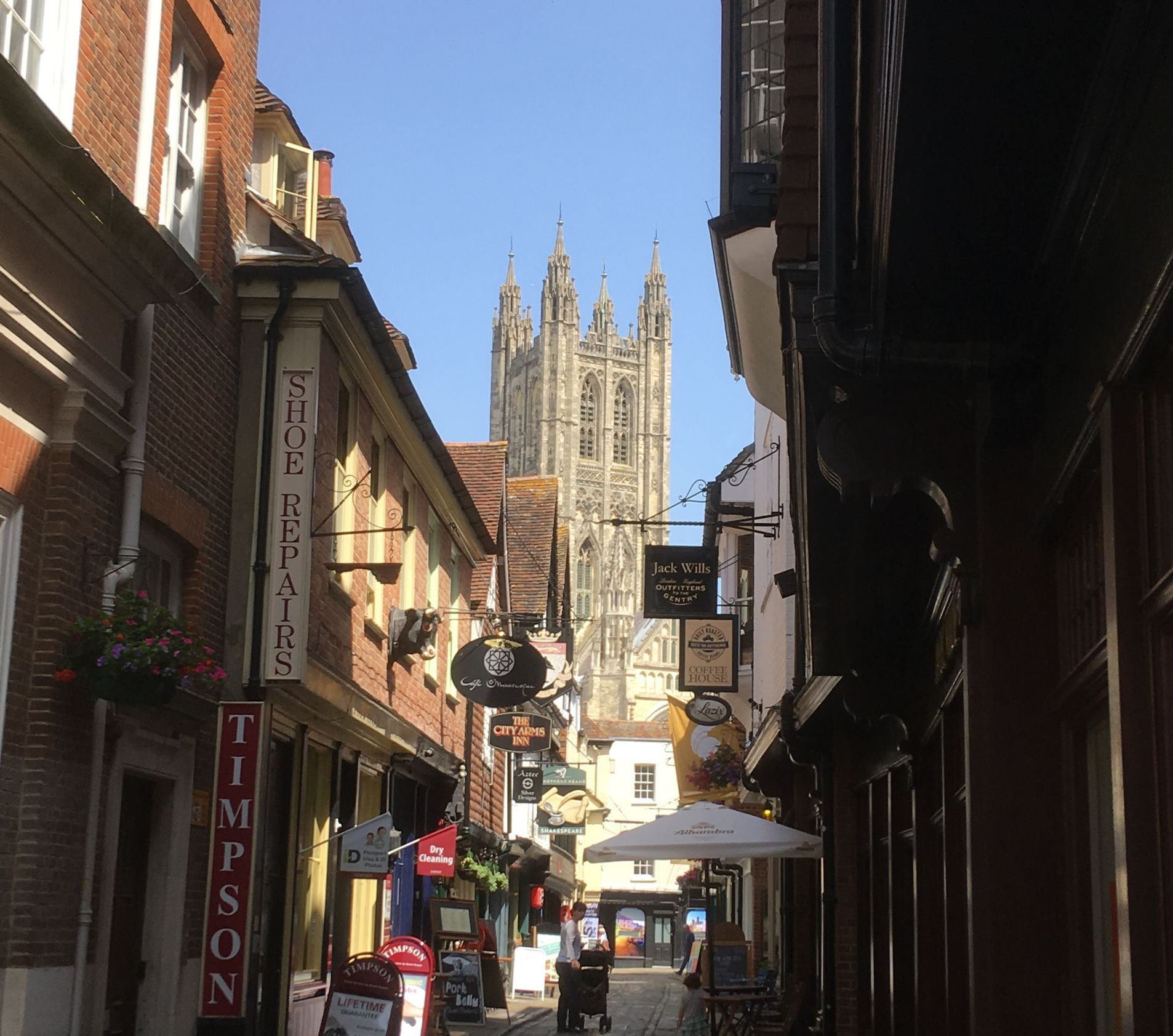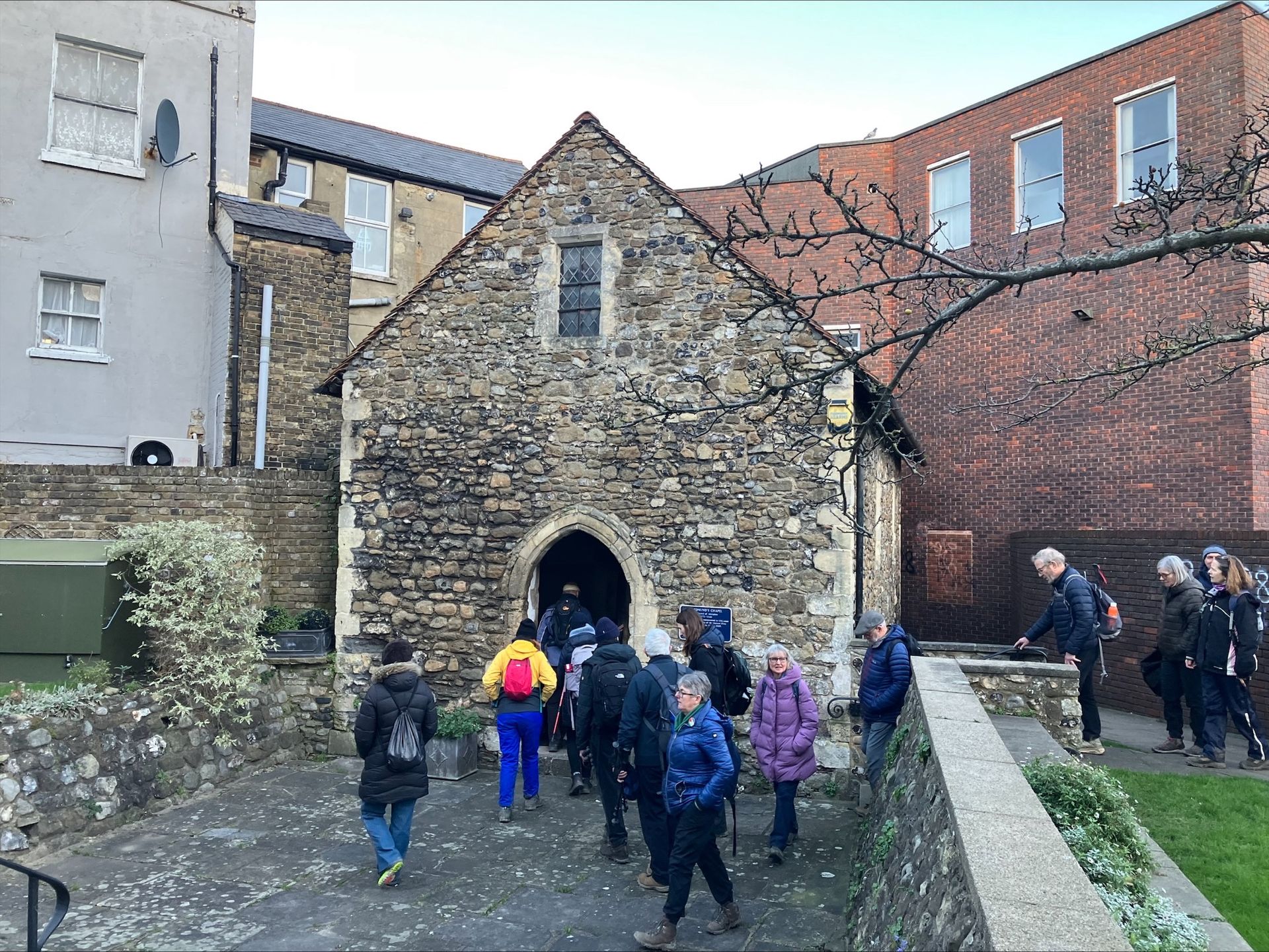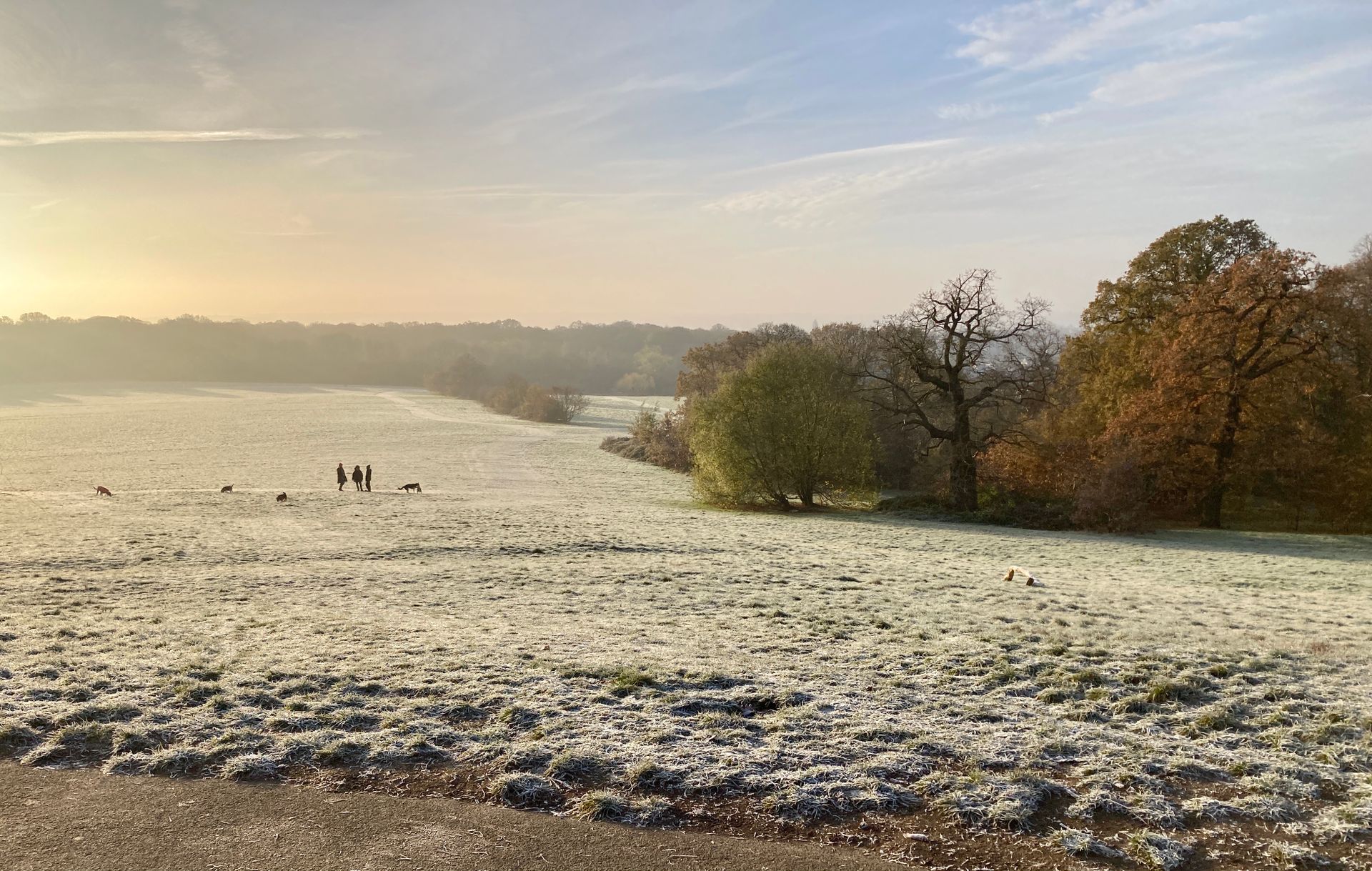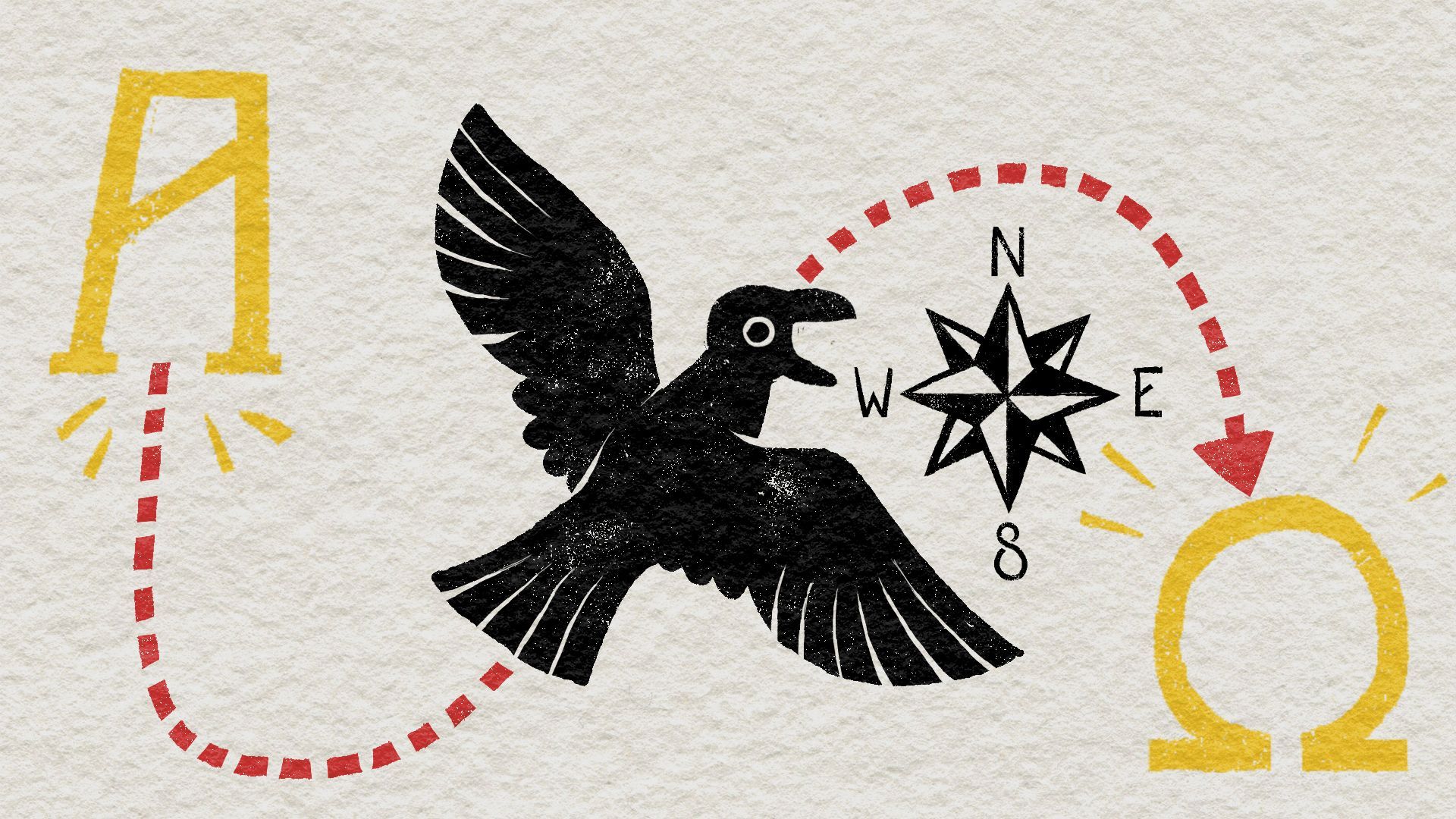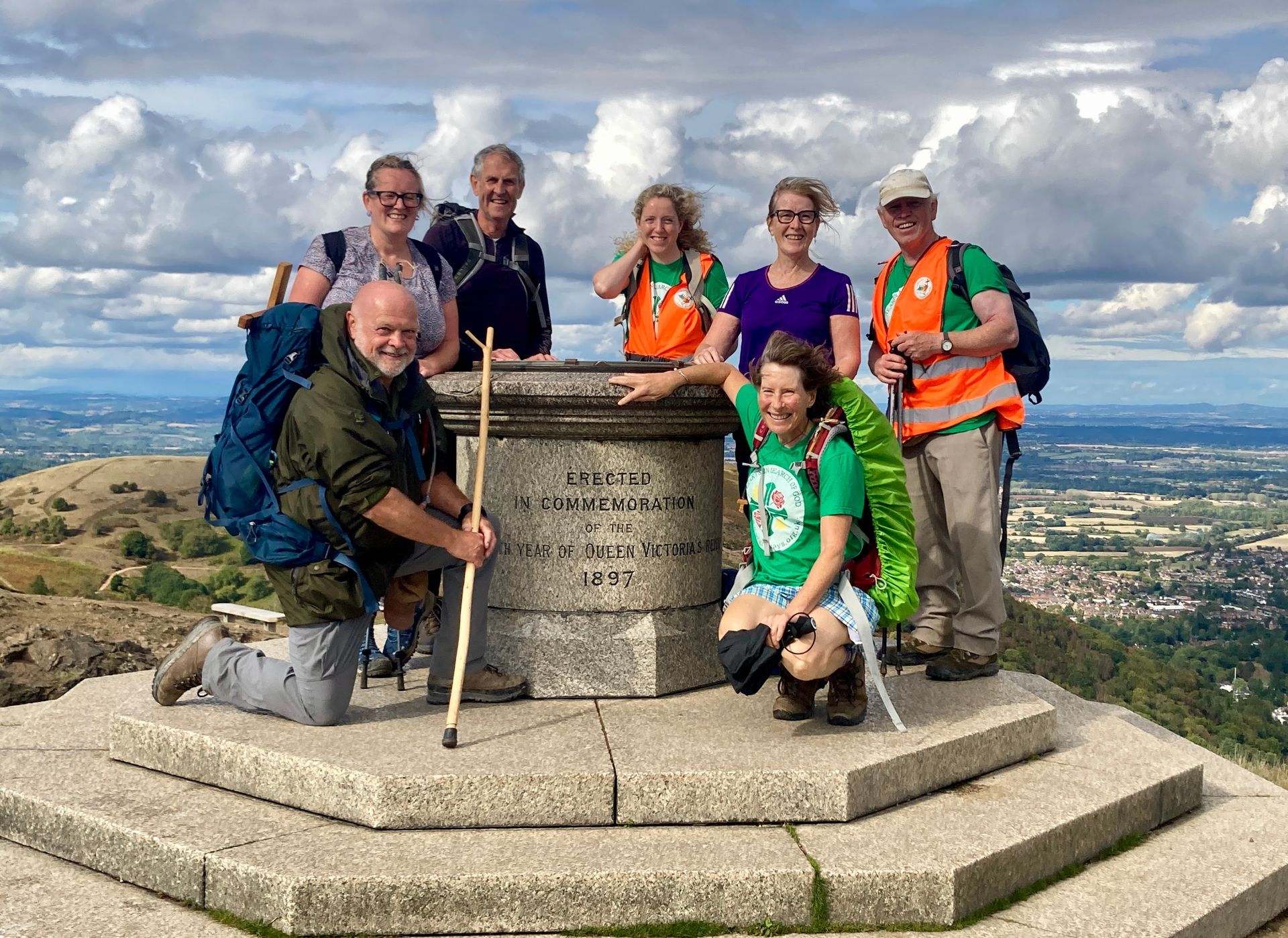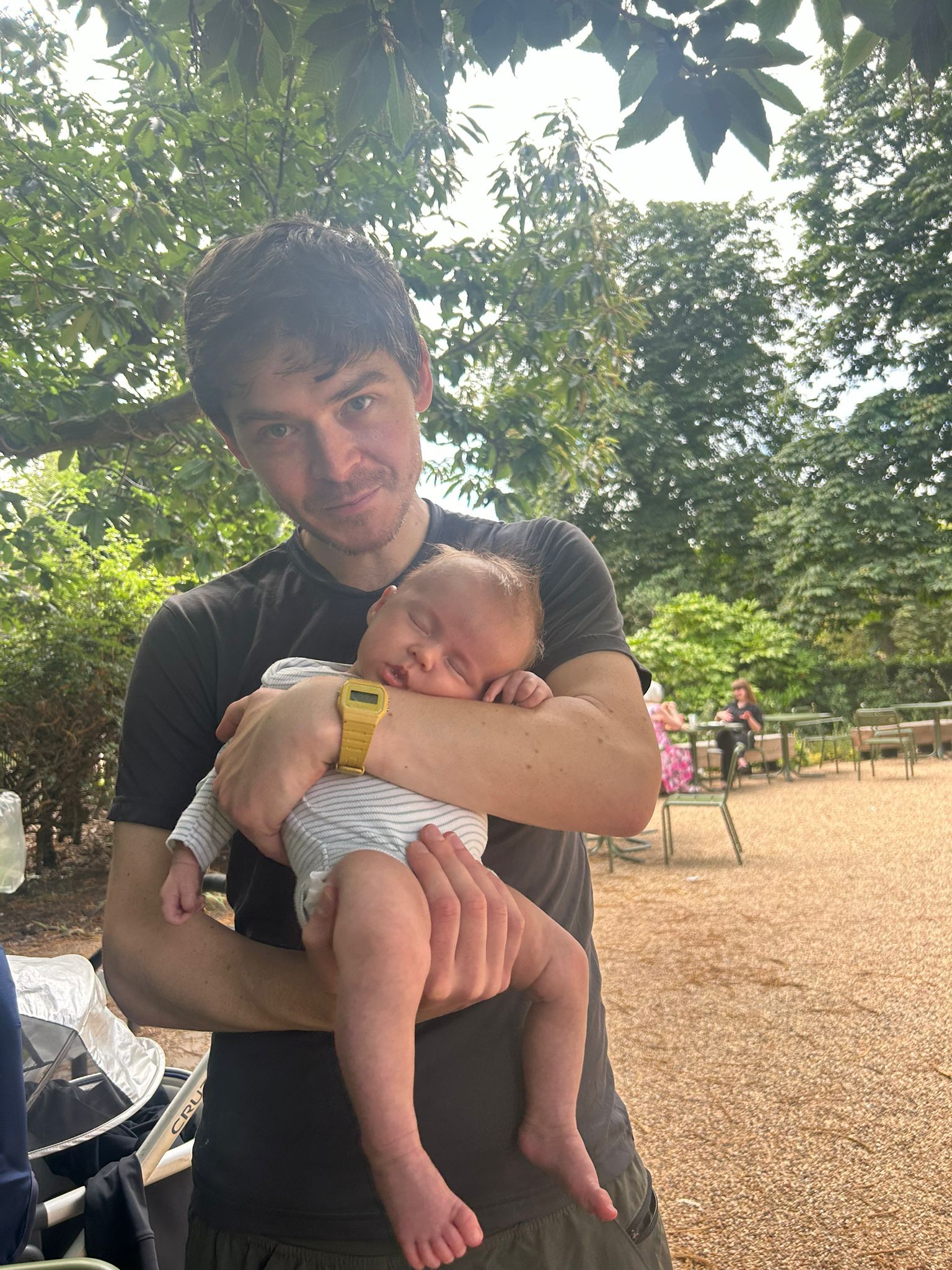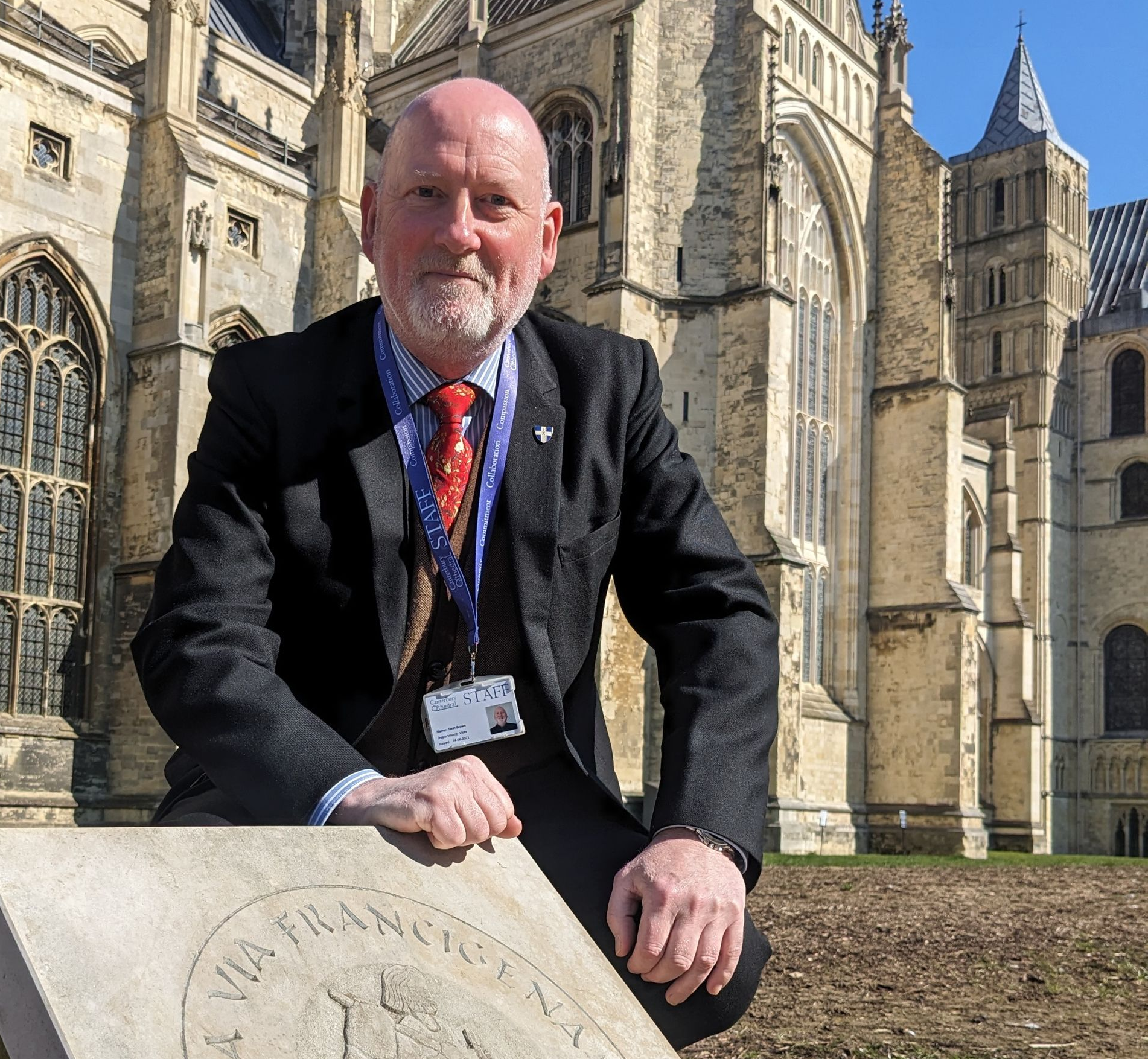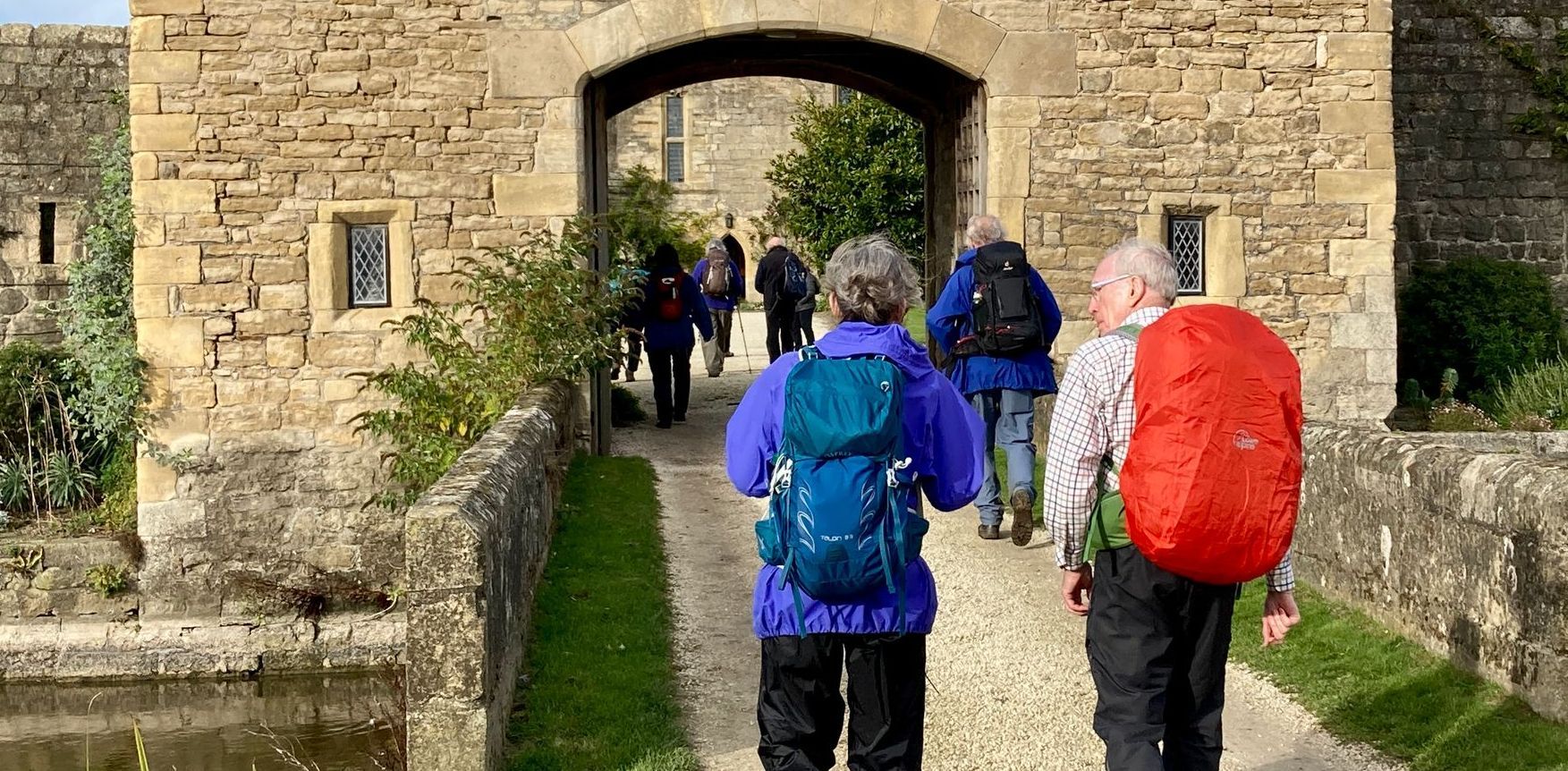Developing a Good Pilgrimage Route
In this post Andrew Kelly, Co-Founder and Route Director of the Augustine Camino describes how to develop a good pilgrim route based on his experience of developing the Augustine Camino.
The Augustine Camino, the popular pilgrimage route to the Shrine of St Augustine in Ramsgate has featured on Radio 4 and in the National and Specialist Press. It visits the two oldest cathedrals in England as well as shrines to five of England’s greatest saints plus two monasteries with accommodation right on the route. The art on display is stunning – sometimes being borrowed for exhibitions at the British Museum or the V&A in London. It is a candidate for Britain’s best developed pilgrimage route with waymarking, plenty of accommodation options and services including a website, helpdesk, guidebook, accommodation booking and baggage transfers. The 46 pilgrim stamps are recognised towards a Compostela in Santiago as well as one at the Shrine of St Augustine in Ramsgate. It is wholly within the Archdiocese of Southwark and includes shrines to all three diocesan patrons – Our Lady, St Thomas Becket and St Augustine of Canterbury.
Developing a good pilgrimage route starts with a worthy objective; somewhere of significance, such as an important and beautiful shrine. There should be a compelling story relevant to the Diocese and hopefully a history of devotion. In our case we have the Diocesan Shrine to St Augustine of Canterbury. It is a beautiful Grade I listed building, designed and built by Augustus Welby Pugin, the designer of Big Ben. The Shrine is a focus of devotion to the Apostle to the English, the man sent by Gregory the Great to convert the English to Christianity in 597.
It is important for the route to cover a realistic distance. The famous routes such as the Camino de Santiago or the Via Francigena have government support. If you don’t have that level of funding then choose something manageable within your resources. Many pilgrims don’t have the time or the inclination to walk for weeks on end, so pick a distance that can be accomplished on annual leave from work. Remember also that not everyone is fit. Although the fastest completion of the Augustine Camino was 22 hours, most take a week and many take a lot longer. We have many pilgrims in their eighties – think of their needs. The Augustine Camino is roughly 100kms long which allows us to have the same rules as Santiago – to walk at least 100kms and collect at least two pilgrim stamps per day. This also happens to be the approximate distance from Nazareth to Jerusalem on foot which is possibly where the rule came from.
Pilgrimage is about the journey as much as the destination, so ensure there is plenty of interest along the way. We started with a list of all the most sacred and beautiful churches locally and then worked to see how many we could reasonably include. Don’t slavishly follow a medieval route – they miss many more recent places of interest. In our case this would have meant walking down the A2. As far as possible, we have avoided roads. Not only is this much more pleasant but it is also safer, particularly if you are walking in a group. People can be awfully careless if they think someone else is looking after health and safety!
Pilgrim stamps can seem an unnecessary addition to your pilgrimage. However, they are extremely popular, both with pilgrims and with churches. The local pubs have become quite competitive with their stamp designs and they are a good way to engage local organisations such as community halls, cafes and campsites. We also distribute a window sticker welcoming pilgrims. It all helps to engender a feeling of ownership and pride in the route amongst the local community. A stamped pilgrim passport also gives access to special services such as free entry to Canterbury Cathedral, a pilgrim rate at Aylesford Priory and the new Sanctuary network of low-cost accommodation in churches and halls.
Having walked many long-distance trails, there is nothing more annoying than finding yourself in a remote car park at the end of a tiring day. A pub/café for lunch and a choice of accommodation each evening is vital. Navigation should also be straightforward. We have waymarked the route with discrete stickers and provide a free GPX file for use with mobile navigation systems (they are cheap and can be downloaded to your phone). There are also maps and directions in the guidebook and on the website. We publish regular updates on the state of the path.
Finally, some people like the reassurance of having someone book their accommodation, call ahead to open churches and move their bags. This is particularly true of pilgrims coming from abroad – a significant proportion of walkers are from the US, Canada, Australia and other parts of the English-speaking world. We also offer guided pilgrimages at least twice a year.
Creating a pilgrimage route is much more involved than it seems. It is easy to draw a line on a map but to have a route that pilgrims walk regularly, that locals cherish and that works for walkers, churches and local businesses takes sustained effort over a number of years. You need someone to lead it who is obsessed with detail and willing to sacrifice their time and money to a project that may not bear fruit for some time. Effectively you need to find someone with a pilgrimage vocation!
